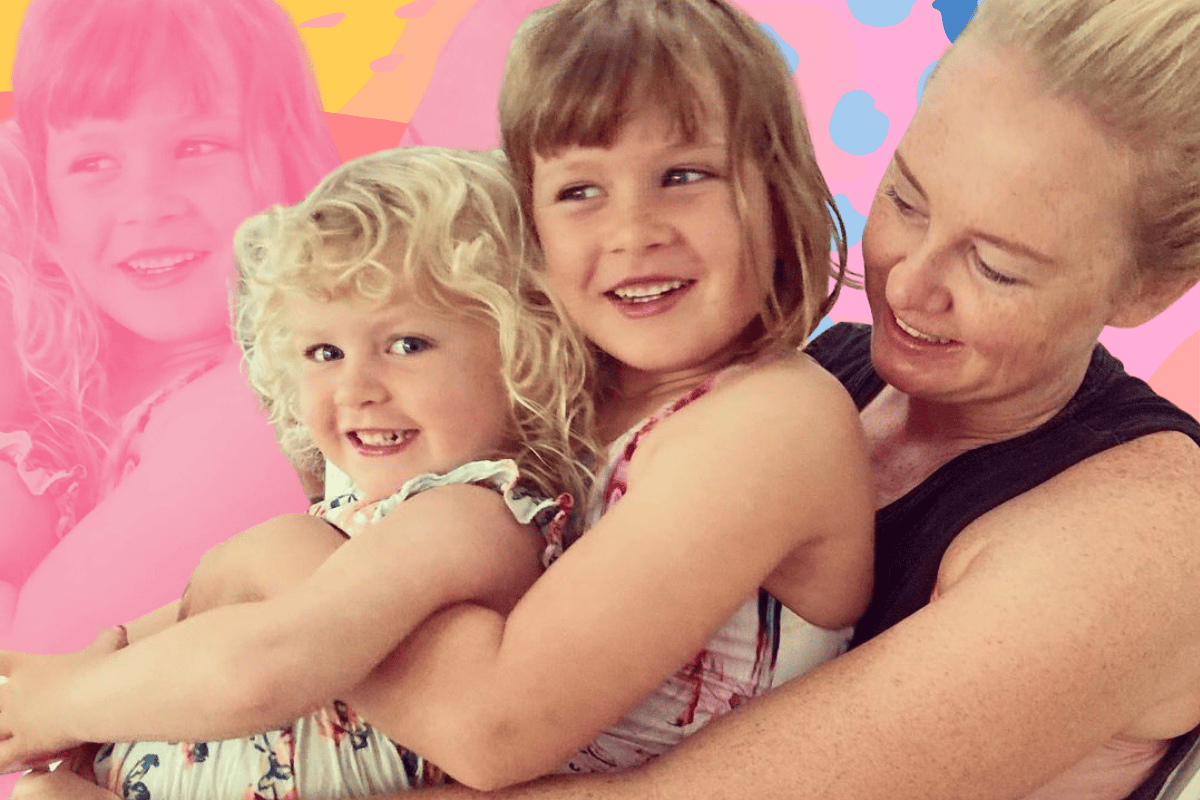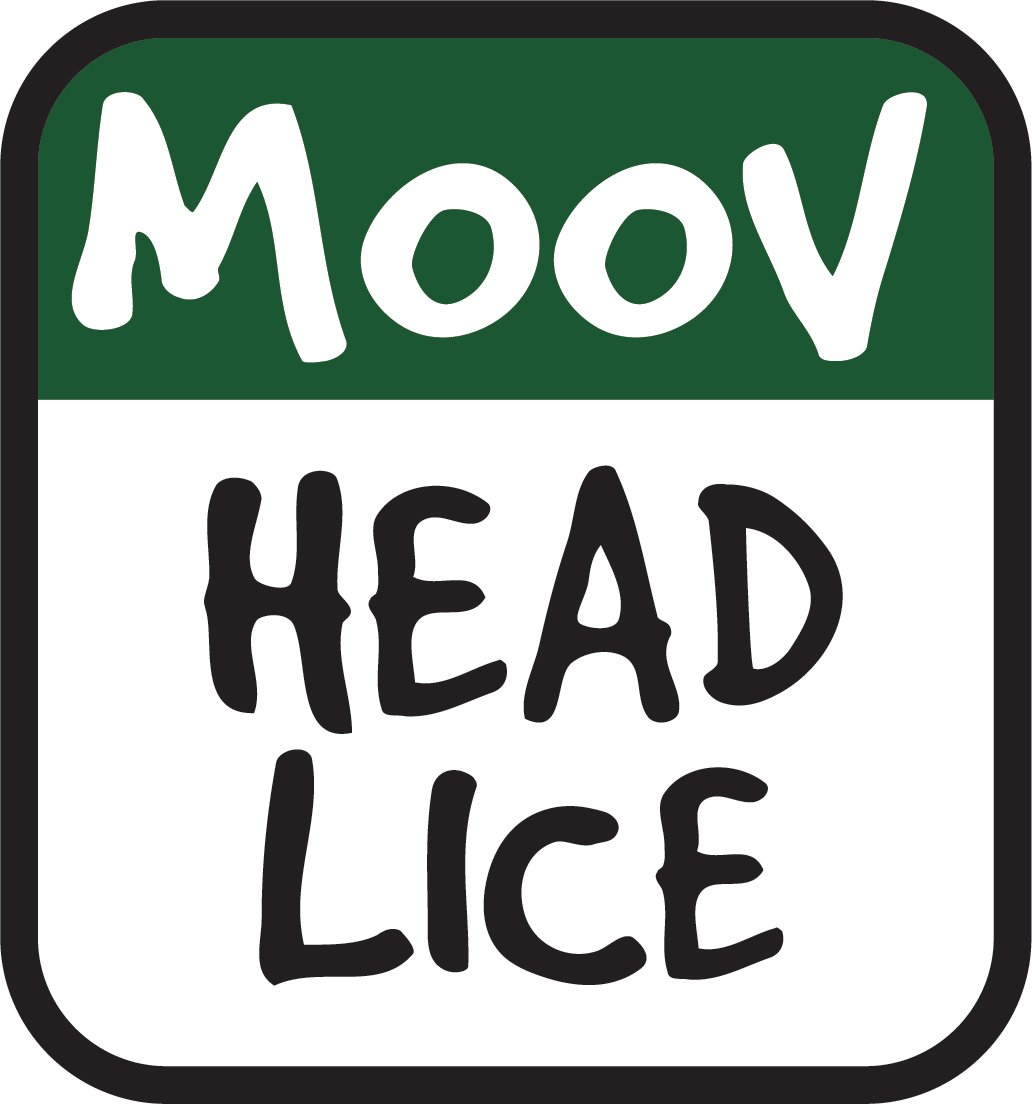

“Dear parents, we are writing to inform you that head lice has been detected at the school.”
There’s nothing quite like a school email coming through (or for many still, a note appearing in the school bag of your child) to really shake things up in the household.
It’s a call to arms that sees even the toughest parent, adept at dealing with the various bodily fluids inherent in parenthood, gingerly picking up a head lice removal comb and saying a silent prayer that the only thing they’ll find is sand from that trip to the beach 3 weeks ago.
The thing is, with 76% of parents¹ reporting having experienced head lice, chances are good that one day, it’ll be your turn to run the nit removal gauntlet and take it from a parent who knows, you want to get things right the first time around.
Here’s how to tackle head lice, without (too many) tears and tantrums.
The head lice lowdown.
You’re probably thinking that the less you know about these little critters, the better. But when it comes to nits, knowledge is power.
You need to understand the enemy, what they look like and how they behave, to eradicate them fully.
About the size of a sesame seed, head lice have 6 legs, no wings and claws that they use to attach themselves to the hair.
Once cosily ensconced (the fancy way of saying they're settling in for good) within the strands they can live happily for up to 5 weeks, feeding off blood under the scalp (are we having fun yet?).
During that time, mumma lice can lay up to 120 eggs which, if not stopped, will hatch and mature before laying their own eggs.
It’s a party of infestation and itchiness that nobody wants to be invited to. Interestingly, head lice can’t fly or jump meaning they spread through head-to-head contact or via things like shared hats or brushes/combs. Great.

Top Comments